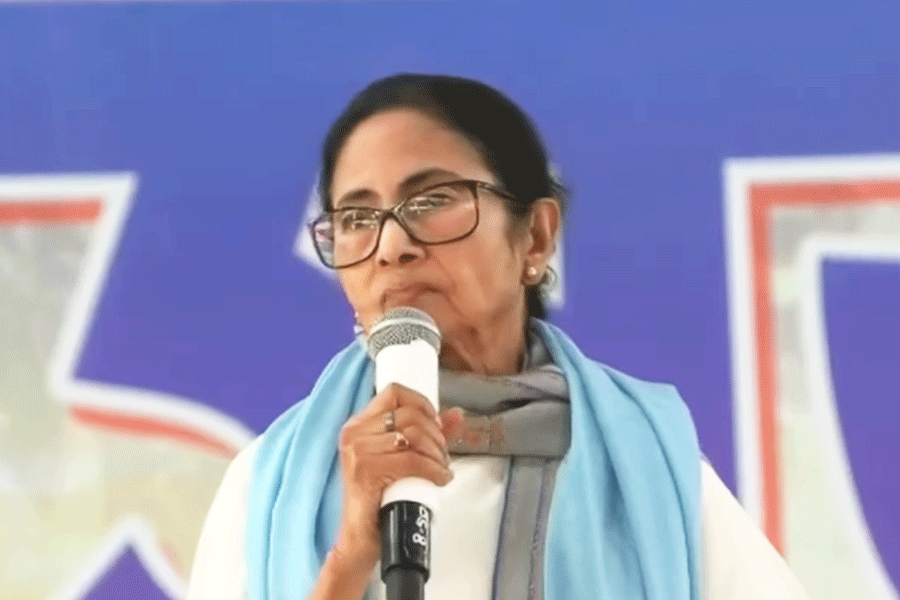 |
| Devotees gather in front of Jagannath temple to pay homage to their forefathers on Diwali (file picture) |
Bhubaneswar, Oct. 25: Lighting lamps and bursting crackers makes Diwali a much-awaited festival. But there is also a spiritual and religious aspect to the festival, which includes a number of traditional rituals that are still followed by Oriya families. It’s the time to pay homage to forefathers and many families visit Puri to perform the age-old ritual.
Since Diwali is observed on Kartik Amavasya (new moon day), the festival is believed to have great religious significance. According to mythology, the spirits of our forefathers visit us on Mahalaya and return to their heavenly abode on Diwali. Their living successors acknowledge the presence of their souls and pay obeisance to them by lighting kaunria sticks in the evening.
“Kartik Amavasya is observed as deepadana shradha in Orissa and many places in India. There are certain rituals associated with the event. Family members offer fruits, sweets and water lilies and light kaunria sticks wrapped with cotton and dipped in ghee,” said Jagannath culture expert Surya Narayan Rathsharma.
People chant traditional hymns and ask their forefathers to be guided by the lighted sticks in the dark night while returning to their heavenly abode. People light 10 earthen lamps to represent 10 natural elements, 14 lamps for saptarishis and 64 lamps for generations of forefathers on the occasion.
“Though some people observe the ritual in the afternoon, according to tradition, it should be performed in the evening,” said Rathsharma.
The deepadana can also be performed in the courtyard of the house near the Tulasi chaura or in temples or alongside riverbanks or ponds. Thousands gather outside the Puri Jagannath temple gate to light earthen lamps and offer lighted sticks to their forefathers on the occasion.
It is believed that observing the ritual in Puri brings peace to the souls of the forefathers and they bless their grandchildren.
“We are fortunate to be here to pay tribute to our forefathers,” said Kamalini Parida, a devotee.
Since Shyama Puja or Kali Puja is also observed on this day, Lord Jagannath is worshipped as Dakshin Kali on the occasion. “On this day, Goddess Kali emerged to destroy evil on Earth. Hence, the night is also known as kaal ratri. In Jagannath temple, Lord Jagannath is worshipped as a form of the goddess,” said Rathsharma.










